How to Bottom Water Houseplants | Gardener’s Path
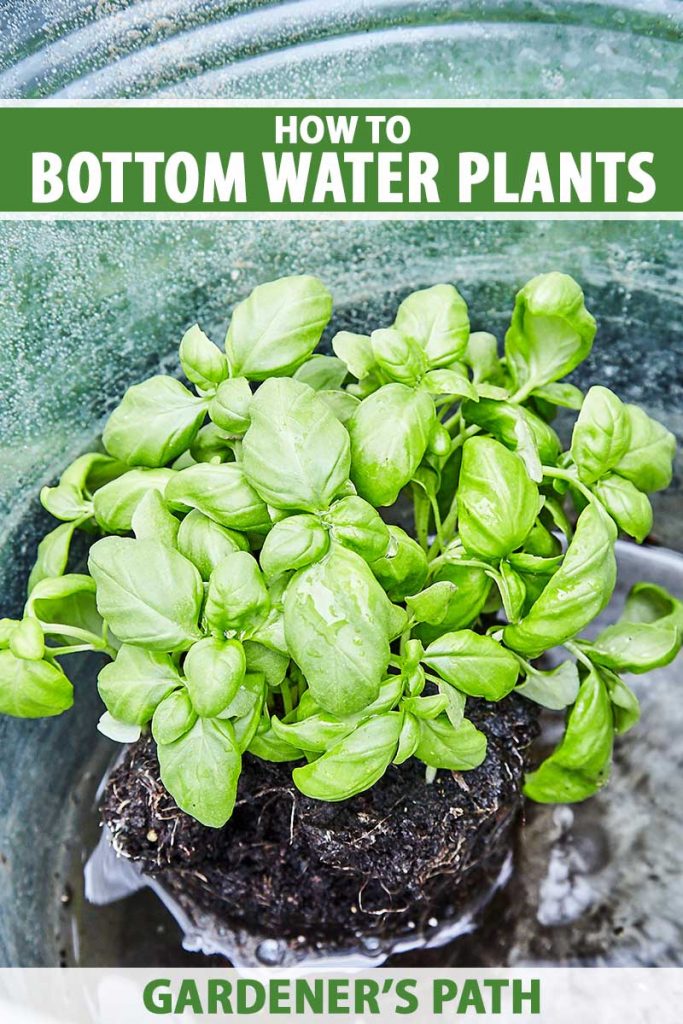
If you want to keep your plants alive, thither are a some things you have to do: give them palish, feed them now and then, and – of course – water them.
Watering seems pretty straightforward to me. You fill a jugful or can, bring it over to your plant, and trash dump the fluent in, right? Not some board to extend to into trouble.
But despite that, I've managed to ascertain trouble so many times, and I can pretty much guarantee that you have too.
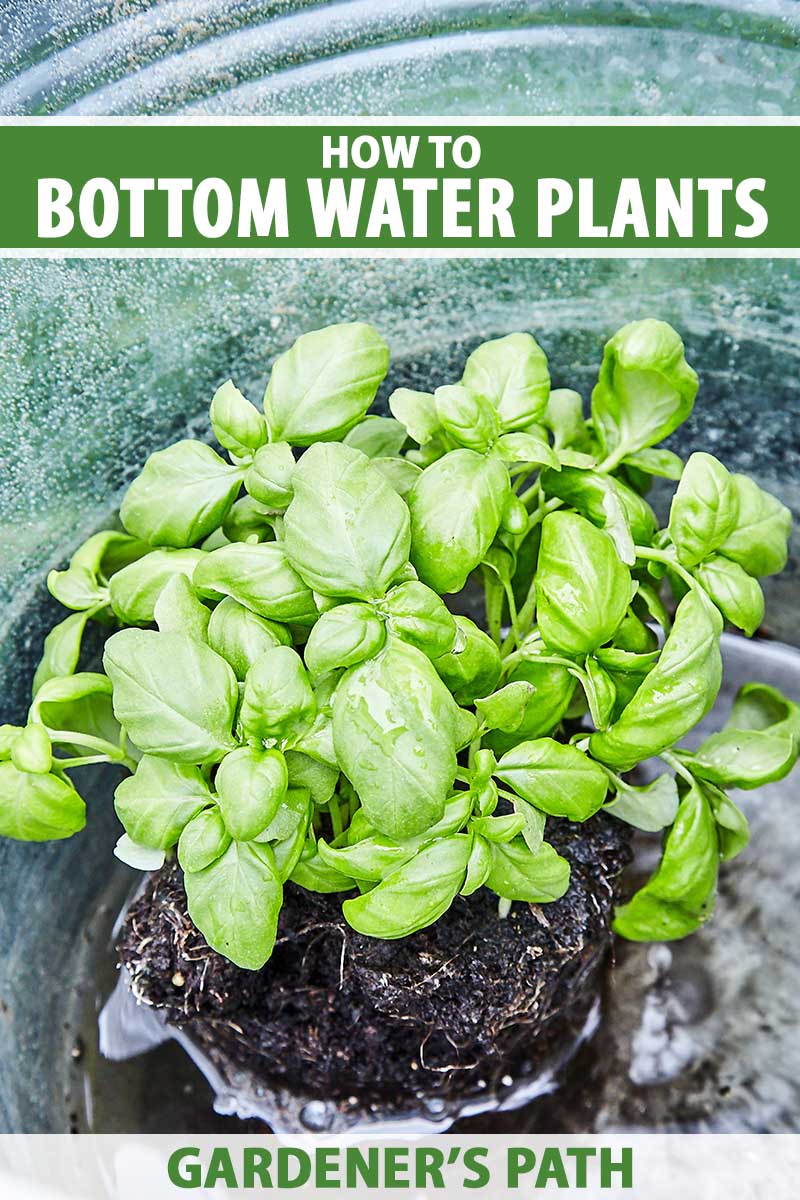
We link to vendors to help you find applicable products. If you buy from one of our links, we may garner a commission .
Fortunately there's a different way, and it can help take the guesswork out of figuring out how often to provide. That means healthier, happier plants.
Plus, it can protect your floors and shelves (and books!) from overzealous watering.
Up ahead, here's what we'll discuss to help you see out the graphics of bottom watering.
What You'll Get a line
- What Is Bottom Watering?
- Why Use This Technique?
- How to Bottom Piss
What Is Buns Watering?
To put IT simply, stern watering (sometimes called reverse watering) is giving your plant's roots hydration from the bottom up.
Instead of dumping liquid onto the whirligig of the soil of your container plants, you allow the soil to drench it up into its roots from the drainage holes in the bottom of the pot.
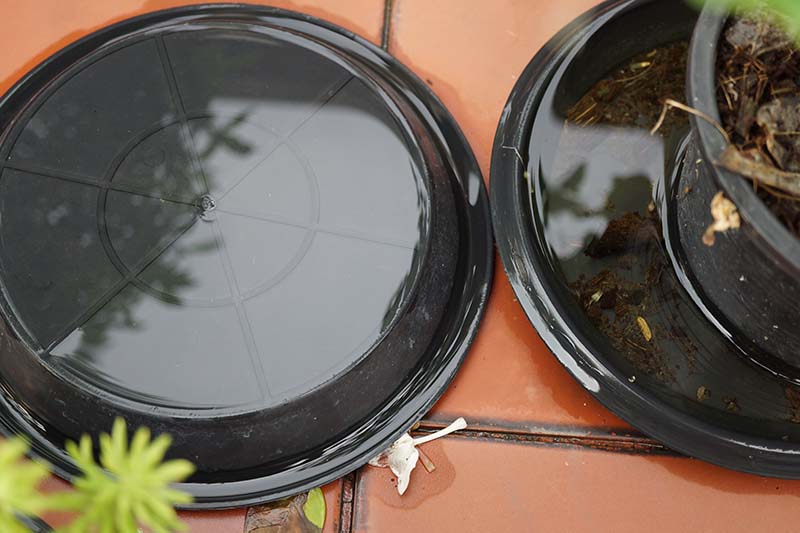
This ISN't the same matter as wick watering. That's when you use a central container like a bucket to slowly wick moisture via ropes into close containers.
It's a big Handy skill to have in your backmost pocket if you travel a lot, but not what we'll be covering here.
Why Use This Proficiency?
I warped my hardwood floors when I spilled an entire watering pot once. But beyond architectural disasters, I've also managed to drown out my plants, and to chronically underwater them.
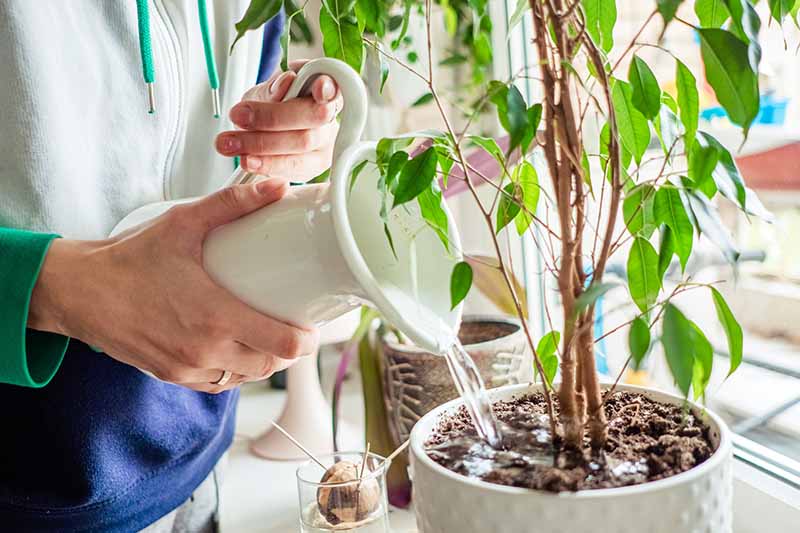
And don't tell me you harbour't overwatered to the point where the drainage scale overflows and you'Ra frantically trying to find a towel before it runs everyplace… just me? I don't cerebrate so!
Let's not even discuss the time I definite it was a brilliant idea to put a caboodle of houseplants on my wire shelves higher up a collection of leather bound books…
Okay, thusly information technology's pretty straightforward to understand, but why would you need to water from the bottom? Doesn't pouring it on the top body of work perfectly well?
Yes, there is nothing wrong with top watering (aside from occasional mishaps), but in that location are times when it isn't ideal. For instance, several plants suffer if they have moisture happening their leaves.
Information technology's hard to avoid splashes and mistakes altogether, even when you're narrow.
If you have hard H2O, you can likewise get unsightly rings or spots on the foliage, or your window Belle Miriam Silverman. And, naturally, in that respect's the aforementioned opening for spillage.
Watering from the upper side can also encourage certain Fungi and pests to get in, because the surface of the soil stays more moist, while the fundament method allows the surface of the land to dry first.
Top watering can also rush along the compaction of potting soil, which isn't good for roots. Bottom watering encourages plants to develop deeper roots as they stretch down to entree the moisture.
Finally, if you rich person grime that has stopped up absorbing liquid state that is poured onto it, what is called "hydrophobic soil," nethermost watering can facilitate rehydrate the soil, and helper the moisture to hand down the roots of your plant.
If your land has dry forbidden and shrunken to the channelize where it has pulled away from the sides of the container, causing the liquid to exhaust the sides and outgoing the drainage holes rather than through the potting average, bottom watering allows the land to soak it astir as an alternative.
How to Inferior Water
If you deficiency to use this technique, there are two main requirements:
The first is to ensure that the pot is small sufficiency that you can lift and carry it. If you put up just scantily manage moving the plant around when it is dry, don't forget that IT will become heavier erst the grime is saturated.
If you're transaction with a sizeable plant and planter, IT's best to parting IT in situ and use a jug or can instead.
The second requirement is that the container needs to throw drainage holes in the penetrate.
Some containers that you might buy at the store look like they have a single dope with no catchment plate OR tray, or two pieces that are attached.
But you mightiness personify mistaken – I had to pry this container from its tray, so be sure to check your container!
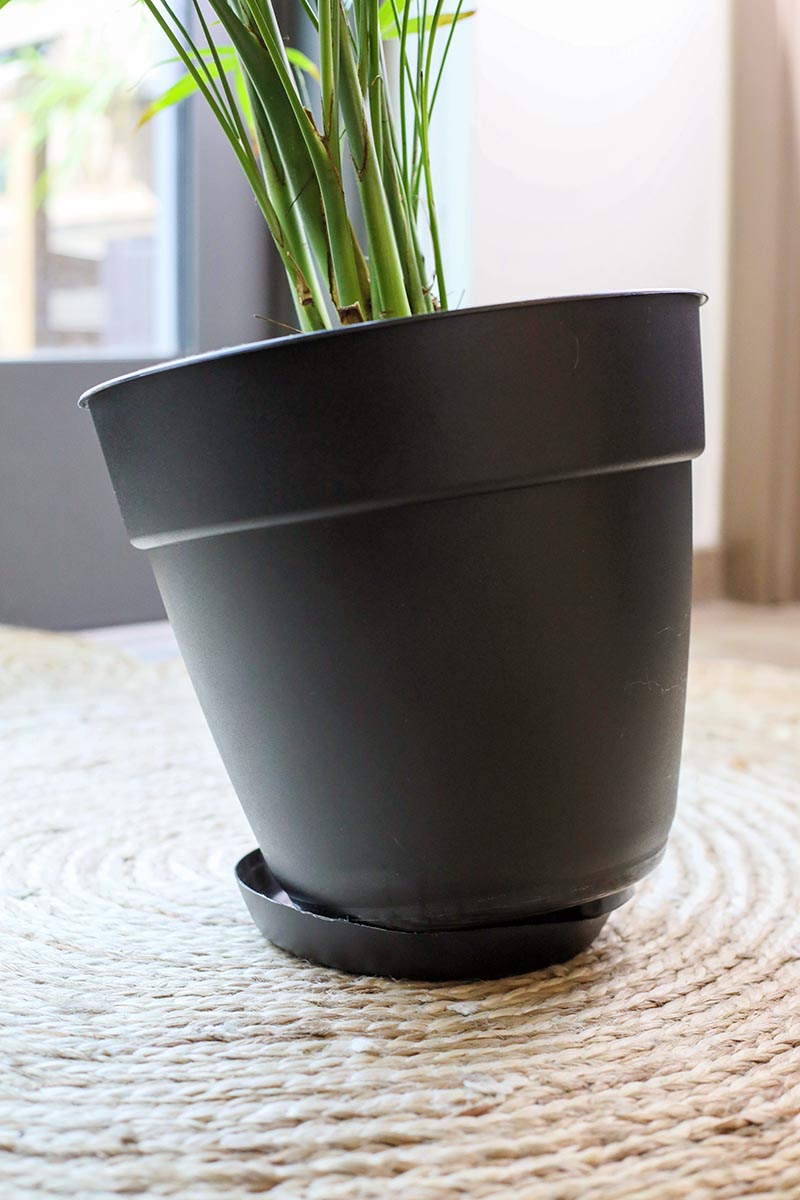
Regardless, you need to separate the plant crapper from the tray in front you stick it in the liquid. This can't be finished with cachepots, which offer nobelium drainage, or planters with drainage trays that are for good attached.
Ahead you start, crack to make surely your flora needs more than moisture. Stick a finger into the grunge operating theater utilisation a moisture meter to learn the soil's moisture pull dow.
You can irrigate in a tub operating theater sink, surgery in a large bucket surgery akin container. Goodbye as it is big enough to fit your plant container, IT can buoy fare the job.

Medline Plastic Washtub
For smaller plants, I equivalent to use a small washtub like this one away Medline, available from Amazon.
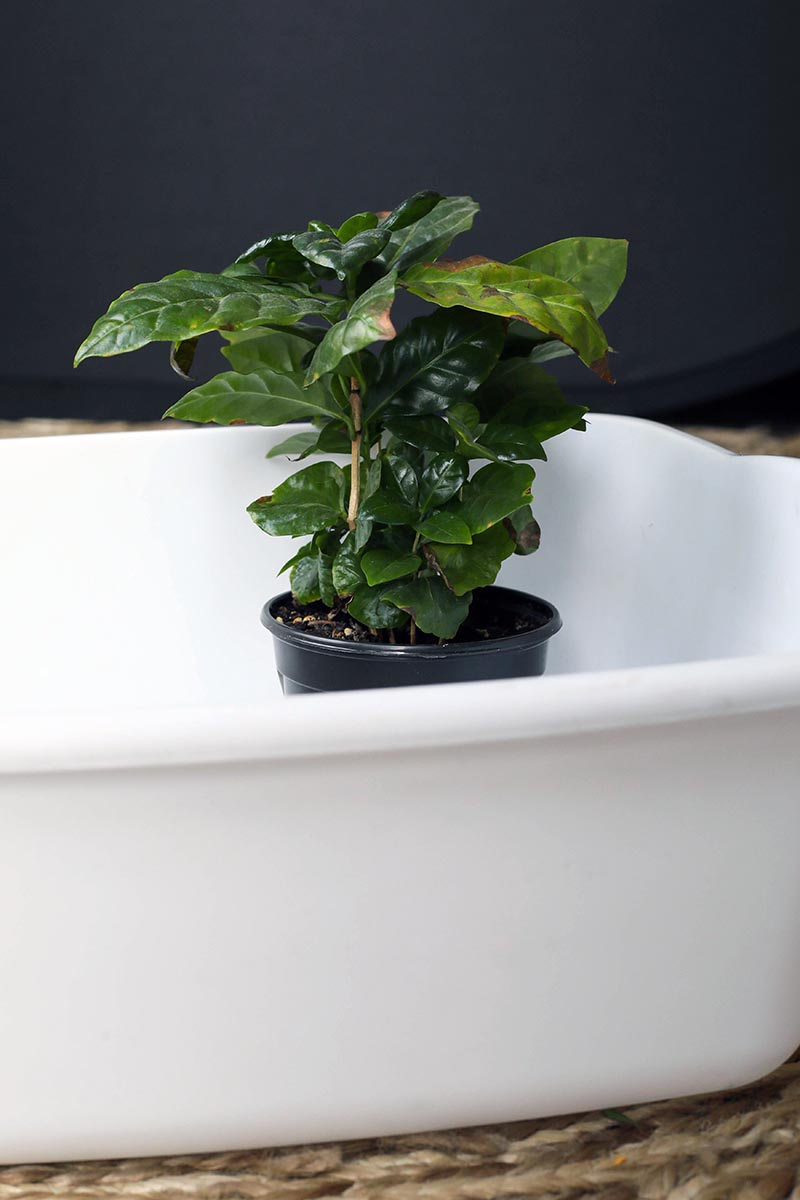
A sink is perfect if you want to do some medium-cherry-sized plants at a time.
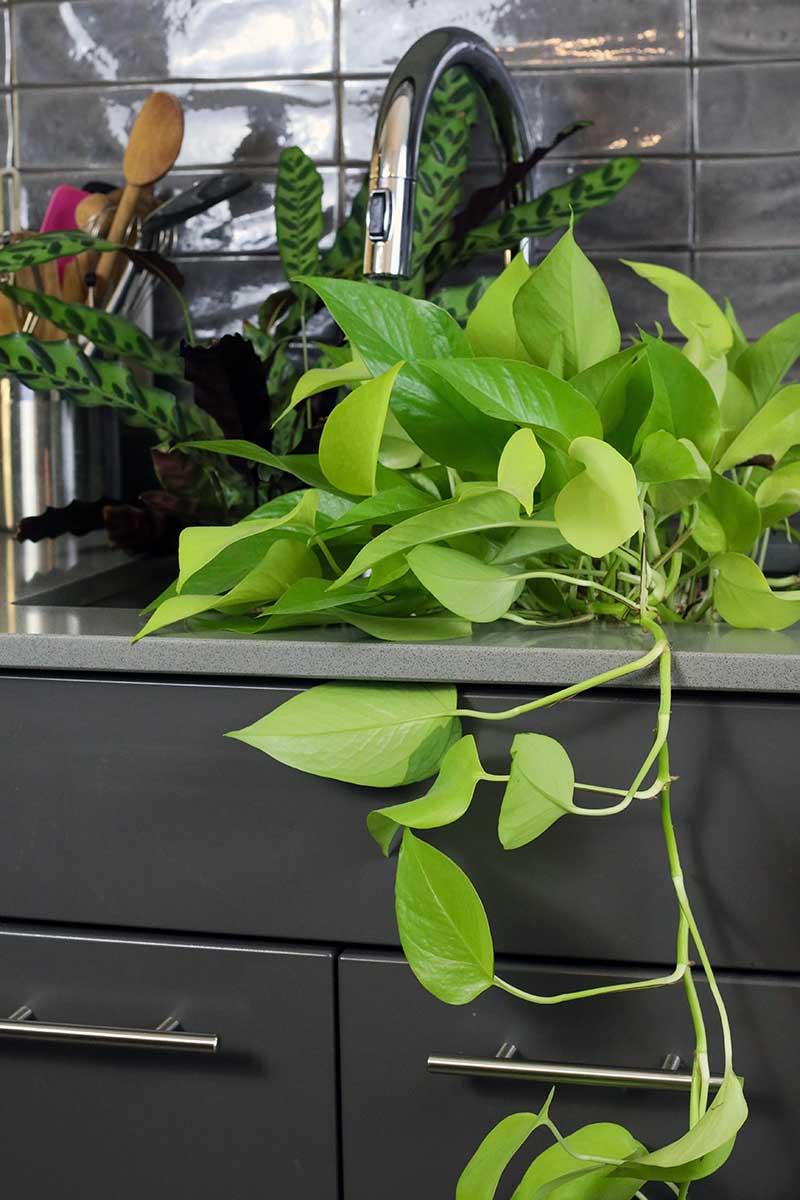
I reserve the bathtub for my large plants, or if I want to exercise my whole collection of houseplants all at a time.
It's fairly wasteful to fill an entire tub for a uninominal small plant, after all.
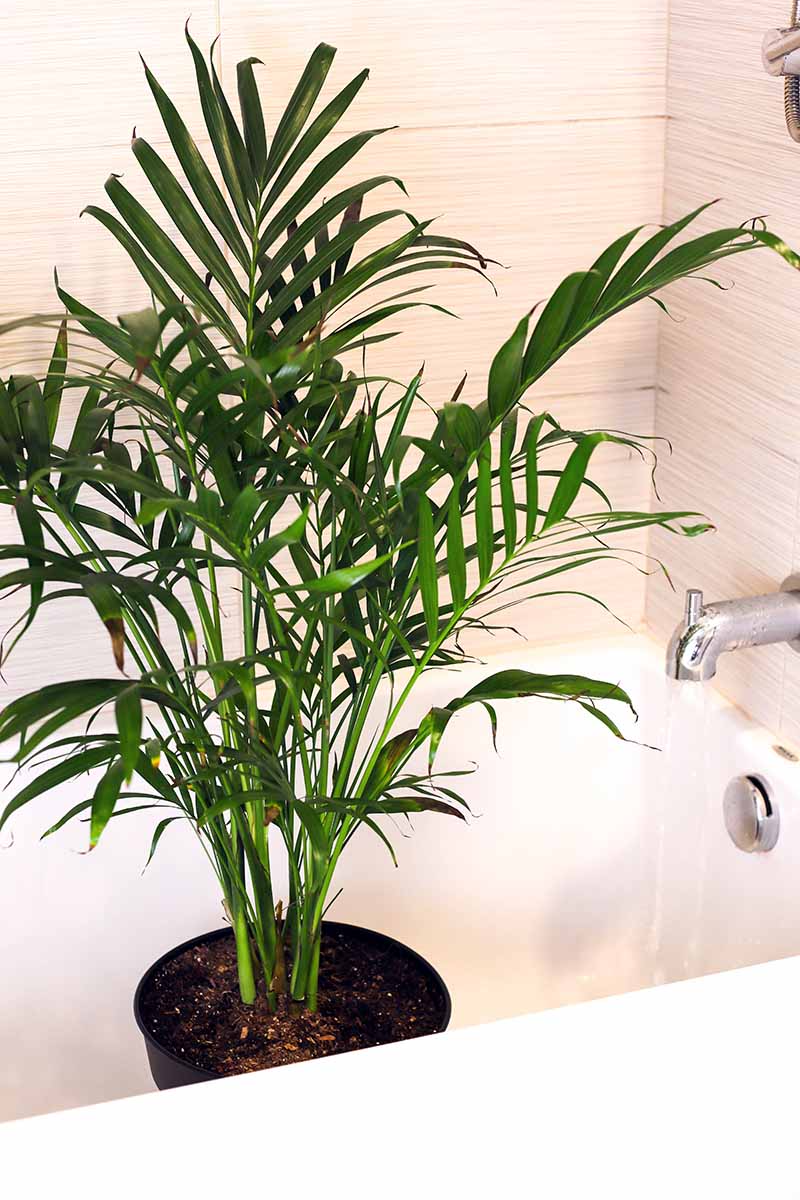
To begin, fill the container or tub with lukewarm water.
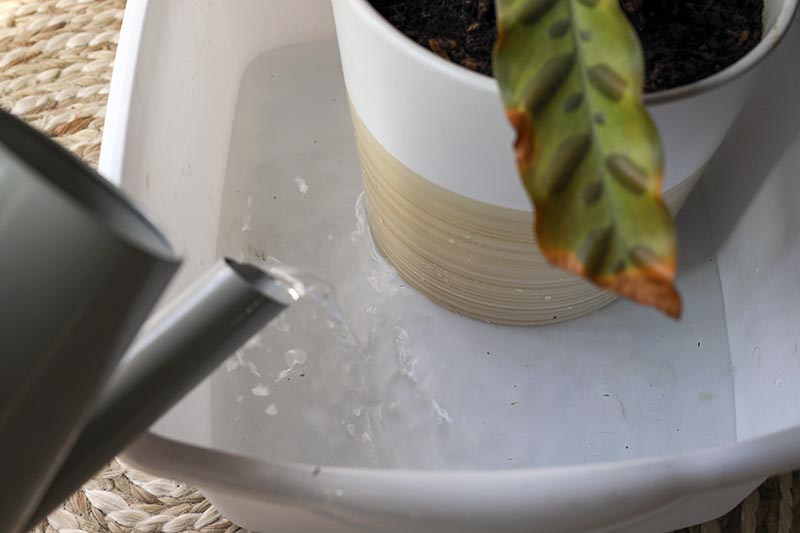
Distilled or filtered is best if you last in an area where the municipal water is treated with chlorine or fluoride.
Fill information technology with enough that it testament cover the base of your container by at any rate an inch.
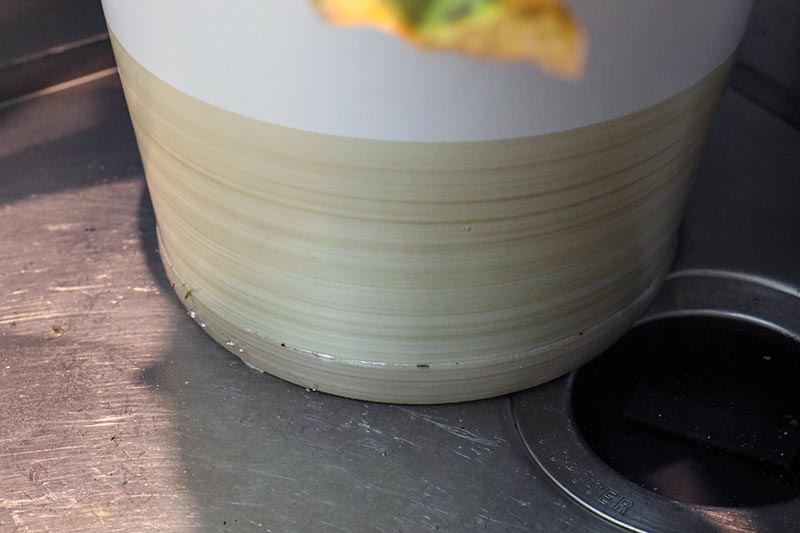
If you add plant food, do information technology now.
If you have any screen out of drainage material in the fundament of your container such A rocks operating theatre broken clayware, the water needs to come above that material by at least an inch.
Space the container in the piddle and let information technology sit for about 15 minutes so that the soil behind soak up totally the moisture it needs. Larger containers need to sit for a bit longer, and smaller containers for bit inferior time.
Keep an eye on things. If the soil soaks up all of it during those 15 minutes, add Sir Thomas More. The coat of the stain should feel moist to the touch.
Sandy soil Oregon potting soil with piles of perlite integrated in will take longer to pluck it up.
Hold up in heed that terra cotta pots soakage up the water on with the soil, so they'll need extra.
Drain or ditch out whatever excess, and let the plant sit for 10 transactions just about to drain.
Every quadruplet or six weeks, it is important to pee your engraft from the top instead, in order to flush out any minerals Beaver State salts that have built up in the soil.
Antimonopoly provide urine until it runs out the drainage holes. That's the main drawback to the buns method: minerals can bod up, because they aren't beingness flushed out.
https://gardenerspath.com/how-to/containers/bottom-watering/
Source: https://gardenerspath.com/how-to/containers/bottom-watering/
0 Response to "How to Bottom Water Houseplants | Gardener’s Path"
Post a Comment